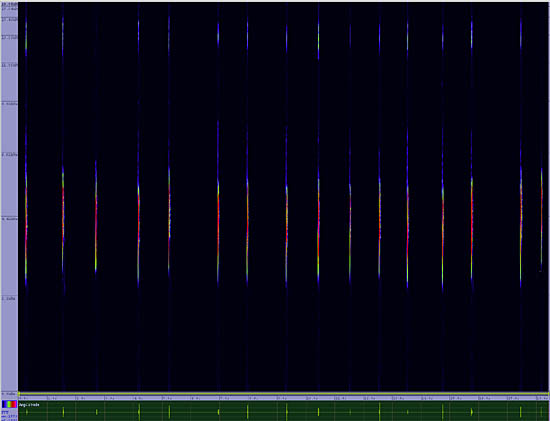Gray Flycatcher
Empidonax wrightii

Perching

Length: 6 in. (15 cm )
Wintering low in open forest edge, riparian areas and along water courses, this obscure flycatcher is most readily identified by the distinctive raising and slow lowering of its tail as it sits on an exposed branch waiting for an insect to fly by. The Gray Flycatcher frequently catches insects off the ground as well. During the summer it nests in open sagebrush and pinon-juniper woodlands. The nest is made of plant down and grass, and it is placed low in a bush or juniper tree.
The four-digit banding code is GRFL.
Bibliographic details:
- Article: Gray Flycatcher
- Author(s): Dr. Biology
- Publisher: Arizona State University School of Life Sciences Ask A Biologist
- Site name: ASU - Ask A Biologist
- Date published: 13 Jul, 2017
- Date accessed: 27 July, 2025
- Link: https://askabiologist.asu.edu/activities/bird/gray-flycatcher
APA Style
Dr. Biology. (Thu, 07/13/2017 - 15:36). Gray Flycatcher. ASU - Ask A Biologist. Retrieved from https://askabiologist.asu.edu/activities/bird/gray-flycatcher
Chicago Manual of Style
Dr. Biology. "Gray Flycatcher". ASU - Ask A Biologist. 13 Jul 2017. https://askabiologist.asu.edu/activities/bird/gray-flycatcher
MLA 2017 Style
Dr. Biology. "Gray Flycatcher". ASU - Ask A Biologist. 13 Jul 2017. ASU - Ask A Biologist, Web. https://askabiologist.asu.edu/activities/bird/gray-flycatcher
Be Part of
Ask A Biologist
By volunteering, or simply sending us feedback on the site. Scientists, teachers, writers, illustrators, and translators are all important to the program. If you are interested in helping with the website we have a Volunteers page to get the process started.








